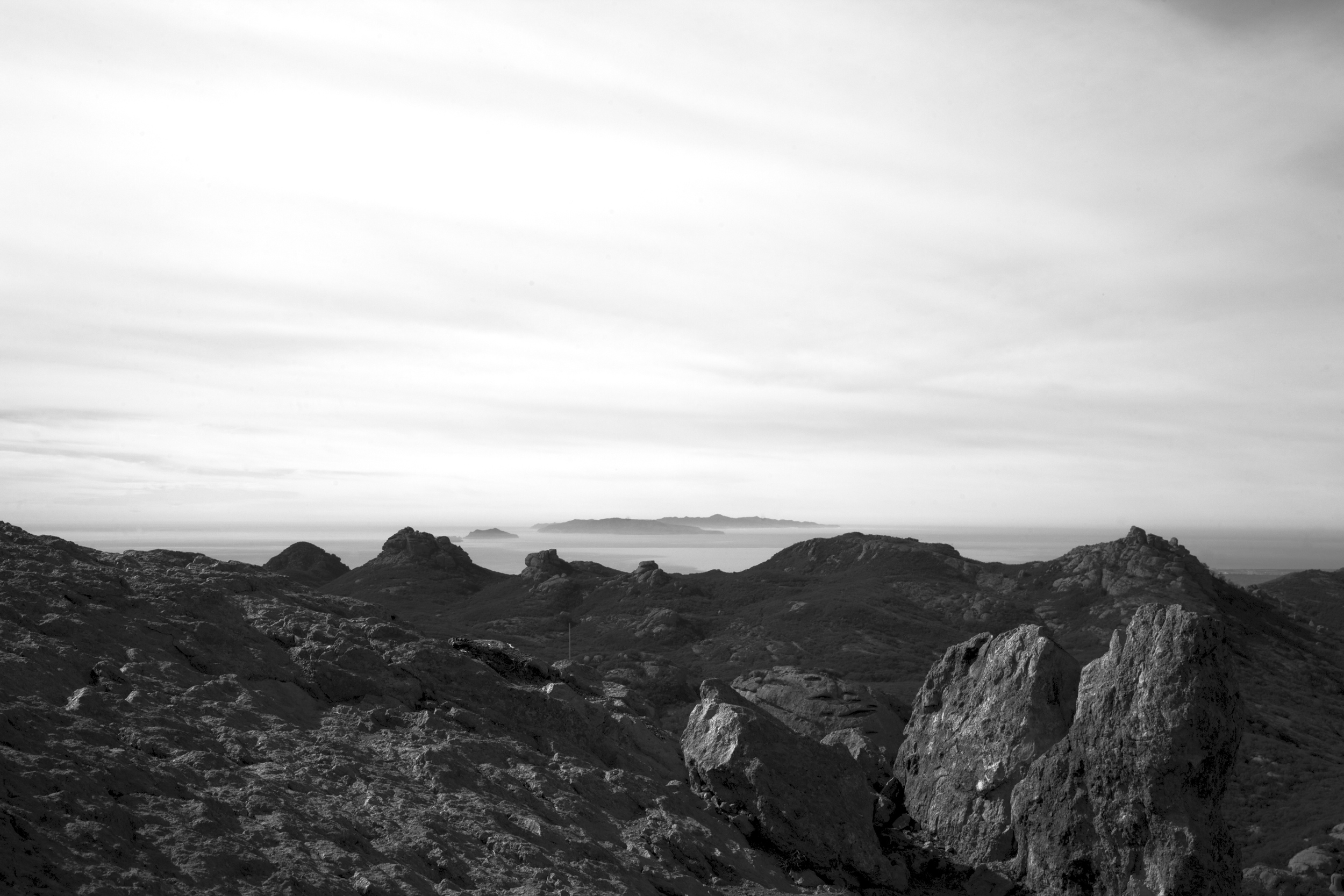I arrived at the aforementioned city square after seven bleary-eyed hours on a pre-dawn minibus. Fortunately, after a few days in mile-high Antigua (and two wheezing acclimatization stumbles up Volcan Pacaya), the altitude rise in Quetzaltenango presented less of a problem than I’d feared. The same could not be said of my stomach, which had succumbed several days earlier to micro-organisms in Antigua’s ubiquitous (and free!) filtro water. A slight fever and dry cough added to the general feeling of shittiness that clung to me as I slouched into the evening pre-trek meeting.
The group gathered around Quetzaltrekkers’ courtyard home was characteristic of Guatemala’s backpacker set: five young Israelis greeting each other like long-lost friends, two lanky 23-year-old Germans who did the entire trek in smooth-soled sneakers, an affable Aussie-Scottish couple, and—at 29 the oldest of the group—me. At the beginning of our pre-trek pep talk, one of the young Quetzaltrekkers guides remarked amiably that “We consider this a challenging trek, but we also think most people can do it.” In hindsight, while I don’t necessarily disagree with their assessment, that particular statement says much more about the average trekking client in Guatemala than it does about the difficulty of the hiking. The backpacking population skews extremely young, extremely fit, and eager to participate in the volcano-scaling, breath-stealing, peak-bagging travel culture up for grabs in the region. I liked everyone immediately.
This is a good time for a few notes on Quetzaltrekkers, whom I recommend wholeheartedly. They’re a self-sustaining, nonprofit trekking company run entirely by volunteers. Trekking fees help kids in the impoverished areas of Xela; one of our guides had been the beneficiary of the educational and crisis support Quetzaltrekkers funds. The guides (many of whom are from English-speaking countries in Europe and Oceania) are knowledgeable, well-prepared, and adept at managing expectations throughout the treks. For a refundable fee, trekkers can rent everything needed, from hiking boots and water shoes to packs and sleeping bags. When I trekked with them at the end of 2014, Quetzaltrekkers was located in the lower courtyard of a rambling guesthouse called Casa Argentina, whose proprietors routinely failed to answer the door. Tip: Arrive early, knock often. See Quetzaltrekkers' description of the Xela-Atitlan trek here.
Note: There are no porters (refreshingly typical of Guatemalan adventure companies), so food and supplies are split up among the hikers. 25+-pound packs are the norm, depending on seasonal water needs. Most of our group stuffed their non-essential clothes and gear in trash bags and paid a nominal fee to have them dropped off three days later at Lago Atitlan. It’s probably better to use one's own pack when hiking, but it’s tough to fit the necessities in anything smaller than a 55L bag. I was initially so floored by the weight of my loaded pack that I wound up relegating my brick of a wide angle lens to the bag drop sack. You know your pack is damn heavy when you choose to throw a $2,500 Canon lens in a trash bag full of dirty clothes and hope a stranger delivers it safely to you three days later. Achievement unlocked.
When 5:45 AM rolled around, I was grateful to have spent an extra day in Xela before pushing on to higher mountain villages. The cough persisted, but a night of rest and purified water did wonders for the rest of me. After a stroll through town and a quick chicken bus ride to Xecam, we started a steep climb that lasted through midday. The initial ascent was no picnic, particularly for those of us unaccustomed to heavy packs, but the tree-lined trail and mountain streams were undeniably lovely. Over the next 60 hours, it would become painfully clear that Guatemala’s geography doesn’t understand the term “gentle.” The country’s hills do not roll; they plummet. There are no gradual inclines or easy descents, only calf-burning climbs and downward slides that can feel more like skiing than hiking. I’m exaggerating, of course, but not much. Lottie, our 26-year-old blonde British guide, walked like her feet never touched the ground and patiently explained at regular intervals what was coming up next. Santi, second guide and Xela native, revealed that he’d once run the entire three-day trek trail in a mere five hours. Even the Germans (whom I’d nicknamed “the cyborgs” after witnessing the punishing pace they set) were skeptical about the feasibility of that one. My money’s on Santi.
The first morning’s three-ish hour climb led to a grassy, sparsely populated plain that narrowed into a sharp ridge. Like any climb worth suffering through, we were rewarded with a view.
































































